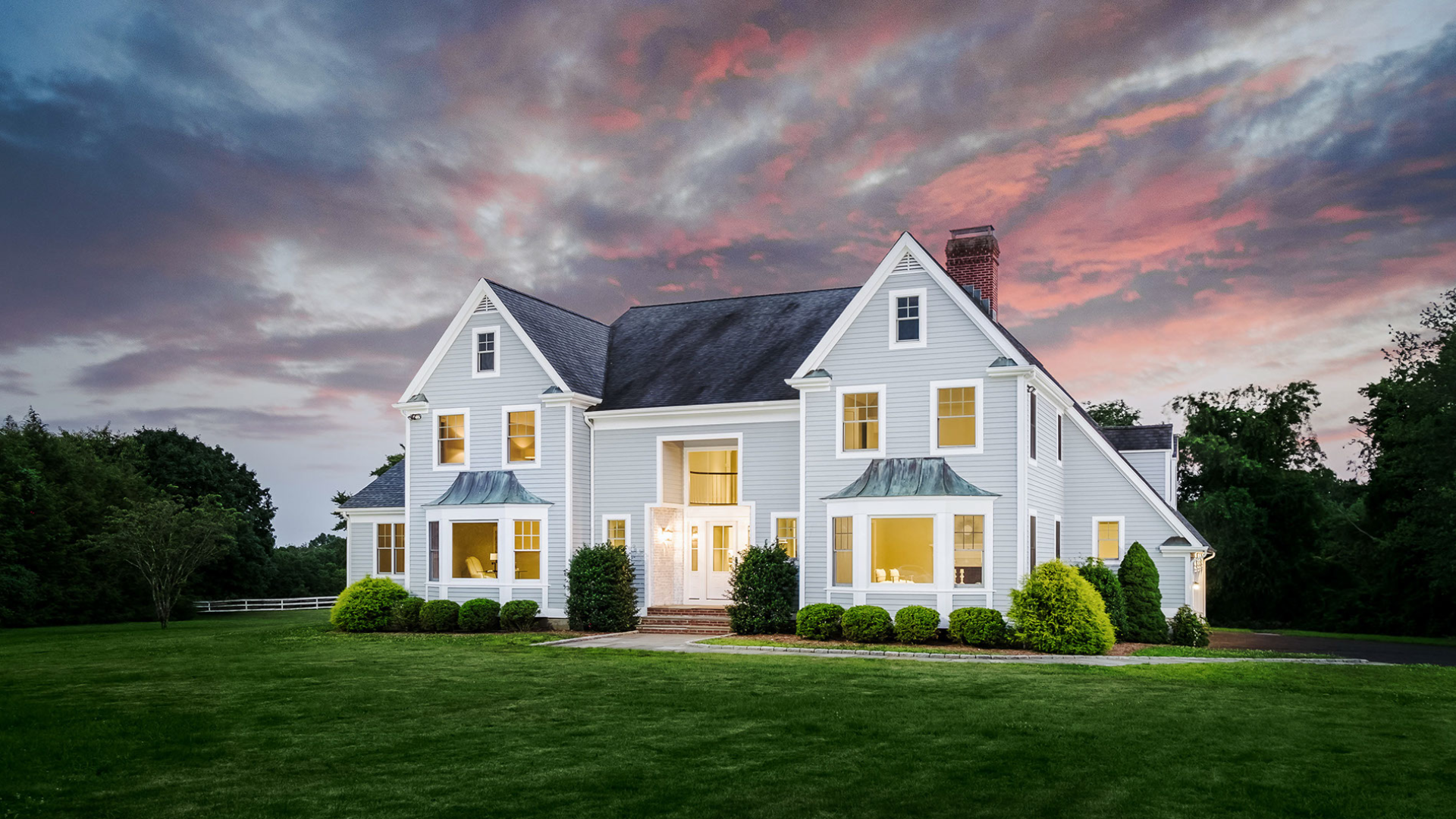Real estate is one of the most exciting fields that will be buzzing with activity as 2025 approaches. From smart homes to new financial trends, this year promises a mix of tech, creativity, and a sprinkle of unpredictability. Whether you’re an experienced investor, a novice homebuyer, or simply an inquisitive individual, it’s imperative to remain informed. Let’s dive into the Top 10 Real Estate Trends Shaping the USA in 2025 and see what’s about to change the landscape.
1. The Rise of Smart Homes: Tech Meets Comfort
Imagine getting up to your house-brewed coffee at the exact time you want. Sounds like a dream? Well, in 2025, this dream is quickly becoming reality with the rise of smart homes.
Gone are the days when you had to manually turn off lights or adjust the thermostat. Today, homes are filled with interconnected gadgets that enhance the quality of life. Smart home tech isn’t just about convenience; it’s about energy efficiency and security too.
What’s New?
- Voice-Controlled Assistants: Imagine telling your lights to “set the mood” for movie night, and they comply like the wonderful little bulbs they are.
- Smart Kitchens: Your fridge might remind you that you’re out of milk. No more grocery store forgetfulness!
- Home Security Systems: Cameras and alarms are getting smarter and more connected. So, even if you’re on a beach somewhere, you can monitor your home in real time.
In 2025, we expect this trend to grow rapidly, and homes equipped with smart technology are likely to see a higher resale value.
2. The Suburban Shift: Say Goodbye to the City Hustle
For decades, the bright lights of the city had people flocking to metropolitan areas. But in 2025, a different story is emerging. Suburban living is making a strong comeback, and it’s more popular than ever.
Why?
- Remote Work: With the rise of hybrid and remote work models, professionals no longer need to live close to their office.
- Affordable Housing: Cities are getting expensive, and people are realizing they can get more square footage for less money in the suburbs.
- Community and Space: Suburbs offer more space for families, pets, and—let’s face it—more room for your growing collection of yoga mats and kettlebells.
Expect to see homebuyers flocking to the suburbs where they can have it all: a home office, a backyard, and maybe even a hammock to escape the chaos of modern life.
3. Eco-Friendly Homes: Sustainability Is In
In 2025, green homes are no longer just a trend—they’re becoming the norm. Whether it’s solar panels, rainwater harvesting, or energy-efficient insulation, individuals are growing increasingly aware of their carbon footprint, prompting real estate developers to embrace this trend.
What’s Driving the Trend?
- Climate Change: With natural disasters making headlines, people want homes that are resilient and sustainable.
- Energy Costs: As energy prices rise, eco-friendly homes promise long-term savings.
- Government Incentives: Tax rebates and incentives make green homes more affordable.
If you’re planning to build or buy a home, consider an eco-friendly option. It’s not just a fad; it’s a way to ensure that your home is future-proof.
4. Virtual Real Estate: Digital Worlds and Investments
Despite your familiarity with digital currencies, 2025 will see a significant surge in digital real estate. With the growing popularity of virtual worlds and metaverses, virtual real estate will become a lucrative investment.
People are spending real money to buy land in virtual environments like Decentraland and The Sandbox, where you can build virtual homes, host events, and even rent out your digital property for profit. In 2025, real estate investors may not only be flipping homes—they’ll be flipping virtual lots too.
5. The multi-generational home trend: more is more.
Families are coming together, not just for holidays but for long-term living situations. The multigenerational home trend is gaining traction as more families opt to live together for financial reasons, caregiving responsibilities, or simply to enjoy each other’s company.
Why the Shift?
- Rising Housing Costs: Pooling resources to buy one big house is an attractive option for families.
- Care for Aging Parents: The aging population means more families are choosing to live together under one roof.
- Better Quality of Life: Sharing responsibilities like childcare and eldercare can ease the burden on individual family members.
In 2025, expect to see homes designed with separate living spaces—for example, a guest suite with a private entrance—so that everyone gets their own space but still enjoys the benefits of living together.
6. Rental Market Boom: The Flexibility Factor
Renting has regained its popularity, and 2025 is expected to witness a significant surge in the rental market. With the flexibility that renting offers, many people are choosing to rent rather than buy, especially in the wake of the pandemic, when mobility and adaptability became more important than ever.
What’s Fueling This Growth?
- Job Mobility: People are more willing to relocate for work or lifestyle changes without the burden of homeownership.
- Affordable Entry: Renters can avoid the massive upfront costs associated with buying a home, such as down payments, closing costs, and maintenance.
- Millennial and Gen Z Preferences: Younger generations are embracing renting as a lifestyle choice, seeking flexibility and convenience.
This trend will likely continue in 2025, with rental properties seeing more demand than ever.
7. The Short-Term Rental Boom: From Airbnb to Your Living Room
Thanks to platforms like Airbnb, Vrbo, and other short-term rental services, homeowners are turning their properties into income-generating machines. We expect short-term rentals to continue growing in 2025, particularly in vacation destinations or near major city centers.
Why You Should Care:
- Side Income: If you’ve got an extra room or a vacation home, turning it into a short-term rental could help pay the bills or fund your next vacation.
- Business Opportunities: Real estate investors are buying properties specifically to turn them into short-term rentals.
- Tech-Enabled Convenience: Managing short-term rentals has never been easier, thanks to apps and platforms that handle bookings, payments, and even cleaning services.
8. Housing Affordability Crisis: Will It Ever End?
Despite all the exciting trends, the housing affordability crisis is still a major issue in 2025. As prices continue to rise in many urban areas, the dream of homeownership seems out of reach for many Americans, especially first-time buyers.
What’s Causing the Squeeze?
- Rising Demand: There are more people looking for homes than there are homes available, driving prices higher.
- Low Housing Supply: Builders can’t keep up with demand, and many homeowners are opting to stay put.
- Inflation and Interest Rates: High inflation and rising interest rates make it even harder to afford a home.
So, what does this mean for you? If you’re looking to buy a home in 2025, you might have to get creative with financing options or explore alternative locations.
9. Wellness Real Estate: Homes Designed for Mental and Physical Health
In 2025, wellness real estate is more than just a buzzword—it’s becoming an essential part of how people view their living spaces. Homes designed with wellness in mind focus on promoting mental and physical health.
Features of Wellness Homes:
- Air Quality Systems: Homes equipped with advanced air purifiers to remove allergens, pollutants, and toxins.
- Natural Light: Homes that maximize natural light to improve mood and productivity.
- Fitness Amenities: Homes are increasingly integrating gyms, yoga studios, and even meditation rooms.
Wellness homes are quickly becoming popular as people prioritize self-care and seek environments that support their health and well-being.
10. Urban Redevelopment: Reimagining City Spaces
As cities grow and evolve, urban redevelopment will be a major trend in 2025. We’re talking about transforming old, underused buildings into trendy lofts, co-working spaces, and community hubs.
Why the Push for Redevelopment?
- Urban Sprawl: Cities need to evolve to accommodate a growing population.
- Sustainability: Redeveloping old spaces is more eco-friendly than starting from scratch.
- Vibrant Communities: Redevelopment can bring life back to neglected neighborhoods, creating vibrant, thriving areas for living, working, and socializing.
Expect to see historical buildings transformed into modern masterpieces, with old factories becoming the next cool loft apartments.

In Conclusion: Real Estate is Evolving—And Fast!
The real estate market in 2025 is filled with exciting new trends that are reshaping the way we think about homes and investments. Whether you’re embracing smart technology, making the move to the suburbs, or jumping into the world of virtual real estate, the possibilities are endless.


